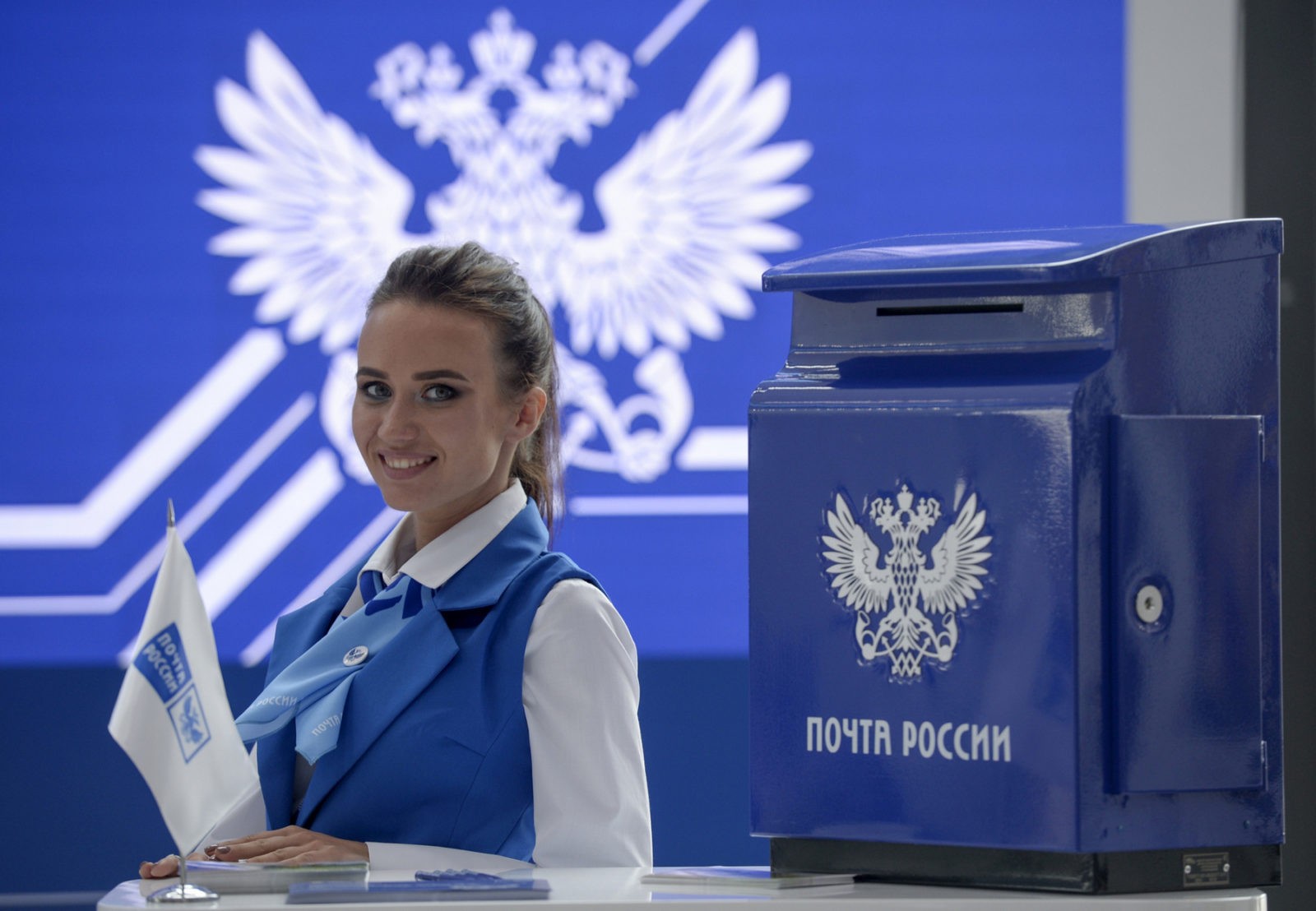Russia’s political system appears paradoxical at first glance. A consolidated authoritarian regime turns out to be sustainable with ineffective or even completely incompetent state institutions. While there is admittedly an omnipotent presidential administration and numerous powerful special services (which are also beset by inefficiency and corruption), it is by no means clear that state power rests on them alone.
This problem is especially visible at the level of local and regional government. The calibre of Russia’s governors has degraded along with the system of presidential plenipotentiaries who work alongside them. Although local self-government is formally still undergoing a transformation which began at the turn of the 1990s and 2000s, for all practical purposes it completely depends on the governors.
Nevertheless, whatever the weaknesses of its state institutions or regional administrations, the Russian government has another institutional foundation to fall back on. A network of large companies, both state owned and formally private, plays a crucial role in stabilising this government. It is this network which will largely determine the possible scenarios for the continued existence or future transformation of Russia’s authoritarian rule.
A key source of legitimacy
There are more than two million state and municipal employees in Russia today. To their number we can add one million military personnel and one million civilian employees of the armed forces, about one million police and officers of the ministry of internal affairs, as well as up to one million employees of other special services. Thus the institutional inefficiency of Russia’s state power structures are compensated for by their sheer scale. It is also worth considering that 5.8 million people receive salaries from Russia’s overall state budget; these are state employees such as teachers, doctors, social workers, and so on. These aforementioned groups might be considered the social base of Russian authoritarianism; taken together, they number approximately 11-12 million. Considering that Russia’s total population is more than 140 million, of which 82 million are of working age, the support of these groups might just be enough to rule, even without the support of the rest of society.
However, government officials, employees of the military and security services, and state employees in particular are far from monolithic groups. In fact, the task of controlling them and ensuring their loyalty merely presents another headache for the government. This explains the exponential growth in regulatory legislation in these fields, numerous new measures to improve accountability, and the launching of campaigns for the criminal prosecution of regional officials and even doctors. It is also important to understand that the Kremlin has by no means succeeded in making all these groups beneficiaries of the current political order. Although it has raised the incomes of federal and security officials, the Russian government has been unable to guarantee a high standard of living for officials on the regional and local levels, not to mention other state employees. Moreover, through regional governors, the state has started to reduce the number of schools and hospitals. Such moves inevitably hit state employees the hardest, thereby undermining their confidence in the stability of their living standards and eventually their loyalty to the system. Thus these groups can only partially be relied upon to support the status quo.
However, there is another, much larger group of beneficiaries of the Kremlin’s authoritarian rule. These are employees of Russia’s large state-owned companies and enterprises, as well as those of large formally private corporations. Even the employees of the country’s 25 largest state owned companies (such as Gazprom, Rostec, Rosneft, Roskosmos, Russian Post, Rostelekom, and Russian Railways) number nearly five million. And this is a drop in the ocean; there are over 1,000 joint stock companies and over 17,000 unitary enterprises owned by the Russian state. These companies provide work for several million more people, bringing the total number of Russians working directly or indirectly for the state up to more than 24 million people, or 30% of all working citizens.
In addition to state owned companies, this network also includes several enterprises which, while formally private, are in fact firmly under the Kremlin’s political control. These include such large companies as AFK Sistema, Lukoil, Metalloinvest, NLMK, Norilsk Nickel, Sibur, Surgutneftegas, Transmashholding, and UMMC, and provide work to several million more Russian citizens.
On the whole, Russians who work for corporations (whether state owned or private) receive a far better income than most state employees and even many government officials. This fact, along with the corporations’ mechanisms of governance, effectively ensures the state’s control over employees and guarantees their political reliability for the Russian authorities. Although there have been some limited attempts to politically mobilise corporation employees, these instances remain unusual. Nobody explicitly demands that corporation employees actively support the Kremlin; all that is required from them is that they consent to live by the existing rules of the game and keep away from any opposition activities.
A helping hand to regional elites
Russia’s corporations do not only buttress the legitimacy of the country’s authoritarian status quo on a federal level; this large conglomeration of enterprises and businesses also ensures the stability of regional governance. The success of Russia’s top 20 regions by GRP (Gross Regional Product) is strictly determined by the presence of these large corporations. In turn, these 20 regions account for two thirds of the total GRP of all Russia’s 83 federal subjects.
Predictably, corporations have the biggest clout in the local economies of sparsely populated regions which depend on natural resource extraction (such as the Khanty-Manty, Nenets, and Yamalo-Nenets Autonomous Okrugs and the Sakha Republic.) But the presence of large corporations can also be keenly felt in more densely populated industrial region. For example, the key corporations in Perm Krai are Rostec, Lukoil, Uralkali, and Gazprom. In Sverdlovsk Oblast, Rostec, UMMC, Evraz, Almaz-Antey, OAO TMK, and Rosatom have a strong presence. In recent years, it has been interesting to observe that the development of St Petersburg has been largely determined by Gazprom; however, the United Shipbuilding Company has also come to play an important role (the workers at the seaports it manages are also employed major industrial and raw materials companies), as has Rosatom. A similar picture starts to emerge in almost any large region in Russia; it could be called a sort of “federation of corporations.”
A general rule of thumb here is that corporations are not merely an important source of tax revenue for regional budgets, nor just a source of employment (they frequently continue provide many workplaces despite high operating costs.) They also play an important role in the regions as charitable donors, from buying new ambulances and repairing schools to supporting local sports teams and theatres. In return, the corporations receive their share of political power in the region.
In such a system, regional governors are basically relegated to the role of manning a company’s reception desk. That is, they help to resolve any problems which might arise for these key economic players, mediating between them and local interest groups, as well as lobbying for the allocation and redirection of budgetary flows from numerous federal and regional programmes in the corporations’ favour. In short, their job is to create favourable conditions for the corporations’ activities. This is precisely why the political abilities of regional governors have long ceased to be important in Russia today; they may as well be bodyguards for Vladimir Putin. In contrast, representatives of the large corporations sit in regional parliaments and on the boards of those municipalities where important corporate assets are located.
This system is a closed circle, as demonstrated by the fact that the corporations’ role in maintaining regions’ socio-economic and political order allows them to convert their political influence into back wealth. They receive large state contracts from the Kremlin and preferential loans from state owned banks. In sum, the environment in which Russia’s corporations operate is specially designed in order to protect them from any domestic competition and to offset their expenses with public funds. Should any really serious problems arise, corporations can appeal directly to the Kremlin for assistance. Usually, they get it; the Russian leadership needs to maintain a core of beneficiaries of the current system in order to guarantee its security. For this reason, corporations will play an important role in the long term evolution of Russia’s system of power.
Risks and opportunities
In conclusion, relying on large corporations in this manner offers the Kremlin several clear advantages, allowing it to maintain stability and keep hold of levers of influence over the country’s political and socio-economic situation, even in conditions of weakening state institutions. The latter have inevitably weakened in recent years, since the constitutional framework has simply not been respected by the authorities in Moscow. Under these circumstances, any transition of power in Russia will offer few chances of forming a genuinely democratic government which respects free enterprise. Even in the most favourable scenario, Russia’s future authorities would have to choose between two options.
One option would be to attempt democratisation while continuing to rely on existing state and quasi-private corporations in order to avoid socio-economic unrest which could lead to a loss of power. This scenario would result in an inevitable slowdown to any reformist plans.
Another option would be to stake it all on deep market reforms, guaranteeing a respect for private property and the ability for everybody to participate in economic life under equal rules. This might be an attractive prospect, but it would inevitably lead to the collapse of many of Russia’s largest companies, spelling shocking consequences for millions of citizens and entire regions which, even in spite of today’s economic stagnation, still regard themselves as reasonably well off. As a result, in order to remain in power while implementing such reforms, the government would be compelled to remain essentially authoritarian, even though its characteristics would differ from the current regime.
Nevertheless, the most likely outcome is a managed transition of power, which the Kremlin is likely to attempt at some point during the coming decade. The fact of the matter is that although Russia maintains the veneer of stability, it comes at an increasing cost; keeping up appearances and retaining control requires that the authorities provide more and more benefits and support measures. Moreover, the political role played by such enterprises means that inefficient corporations do not disappear, but are instead nationalised or grafted onto more successful corporations. The risk always remains that such a complex system can spin out of the state’s control, meaning that the Russian elite would do well to consider their own prospects in such a scenario.
If this does occur, circumstances could demand the elite to consider the issue of Vladimir Putin’s successor. That individual is not likely to be one of the president’s former bodyguards who ascended to become regional governors. Unless, of course, Russia’s ruling elite has not wholly lost its instinct for self-preservation and has learnt something from recent events in Venezuela. It is highly probable that Putin’s successor could be somebody from one of the aforementioned corporations, unencumbered by repetitional problems but aided by experience in public service and, importantly, in managing crisis situations.










